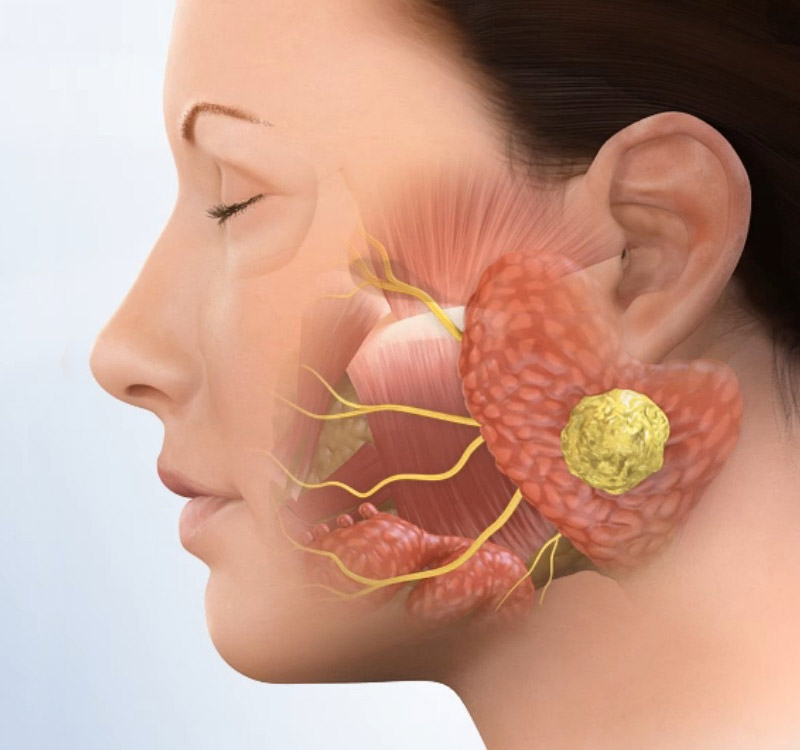
Parotid gland surgery
A parotidectomy or parotid gland surgery involves the surgical removal of part or all of the parotid gland. The operation is performed under general anaesthetic. This means that you will be asleep throughout the procedure. An incision is made which runs from in front of your ear down into the neck. This incision heals very well and it is nearly the same incision, which is used in “face lift” surgery. In time the scar is likely to be minimal.
Wound care
After parotid gland surgery gently clean the incision twice a day until completely healed.
Activity
For the first three weeks after surgery:
- Avoid heavy lifting, coughing or straining
- Don’t engage in strenuous activity
- Gradually return to regular activities as you feel comfortable
Signs of Infection
- Increased redness or swelling at the incision site
- Any discharge from the incision site
- Any temperature more than 38.5 degrees
- Pain not controlled by pain medication
Medication
The actions, dosage and side effects of your prescribed medications will be explained to you by your nurse.
Other
- Eat a soft diet and chew on the unaffected side until it is comfortable to chew normally
- You may need to use eye drops and ointment
- You may experience some mouth dryness from decreased saliva production – gently brush your teeth after meals, drink water and use chewing gum as needed
Follow-up
Generally your follow-up will consist of:
- A visit at 2 to 3 weeks to have the tape removed – you will need to ring the office to make an appointment for that visit
- Α final surgical check up at 3 months
- Your local doctor may need to see you more frequently for specific review if there are any problems
If you have any problems, following your parotid surgery, you should speak to your local doctor, who will arrange to contact your surgeon – this includes:
- An increase in swelling or redness around the incision area
- Eye problems
- Fever greater than 38.5 degrees for more than 24 hours
- Facial weakness
- Increased pain and tenderness not controlled by pain medication
Reference
Click here for more information about the salivary glands.



